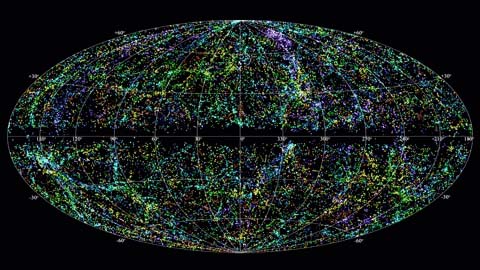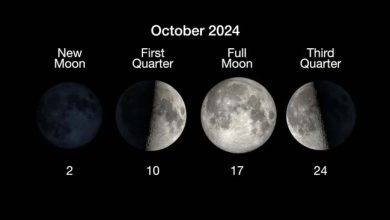Where do fast radio bursts come from? Linked to massive galaxies

Science: Every day, invisible to human eyes, thousands of mysterious flashes of cosmic energy appear in the sky known as fast radio bursts (FRBs), which release as much energy in milliseconds as the sun does in a day. Because of their fleeting nature, scientists often have to rely on luck to see FRBs, let alone figure out where they come from or what causes their behavior.
Now, astronomers led by Kriti Sharma at the California Institute of Technology believe such energy-packed flashes of light are caused by powerful explosions of rare, long-dead stars in massive, star-forming galaxies known as magnetars. Researchers say these findings also point to magnetars as the cosmic fusion of two stars, indicating a possible formation pathway for the mysterious objects. “Little is known about what causes magnetars to form at the death of massive stars,” Sharma said in a recent news release. “Our work helps answer this question.” By analyzing the home galaxies of 30 FRBs recorded by California’s Deep Synoptic Array-110, Sharma and his colleagues found that the bursts originated in massive, star-forming galaxies that were rich in “metals” — astronomer speak for any elements heavier than hydrogen and helium. Such metal-rich environments may be favorable for the formation of magnetars, which are leading candidates for producing FRBs, according to the researchers. Magnetars, a type of neutron star, may be the explosive remnants of stellar mergers, rather than the result of massive stars collapsing and exploding as supernovae, because the phenomenon arises in a variety of environments, the team suggested in a paper published Wednesday (Nov. 6) in the journal Nature.





